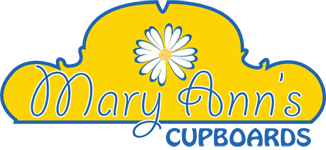Basic Sprouted Wheat Bread

You may have a bread recipe that you love, already. Adding sprouted wheat flour to your recipe not only enhances the texture and flavor of your breads, but it also boosts the nutritional value. In this blog, I will show you how to make sprouted wheat flour. Once you have learned this process, you can use it in all of your bread recipes. Just substitute 1 Tablespoon of sprouted wheat flour, for every cup of regular flour. For example, if your recipe calls for 6 cups of flour, you would use 5 2/3 cups of flour, and 1/3 cup sprouted wheat flour. This method also can be used in bread machines.
Basic Sprouted Bread
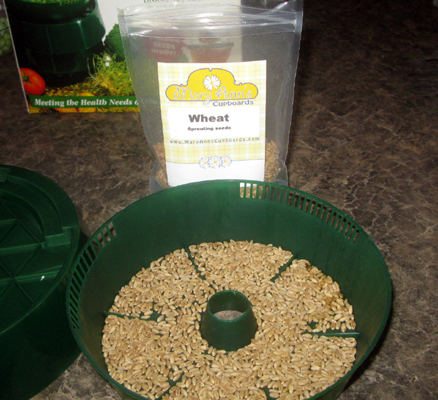
I really love doing this with my wheat and I keep several cups of sprouted and dried berries in my freezer to grind and make bread whenever I feel like it. The bread just tastes SOOO good.
The easiest way to know how much wheat to sprout for any batch of bread is to use a scale. 1 pound of wheat berries = 1 pound of flour. There are several tools in cookbooks and online to get cup to lb equivalents for your recipes if you need them. Or you can just do what I do and make a lot keeping the leftovers in the freezer.
Once you have your amount figured out how much wheat you need soak it overnight and let it sprout just a bit. It only needs to start bursting the shell.
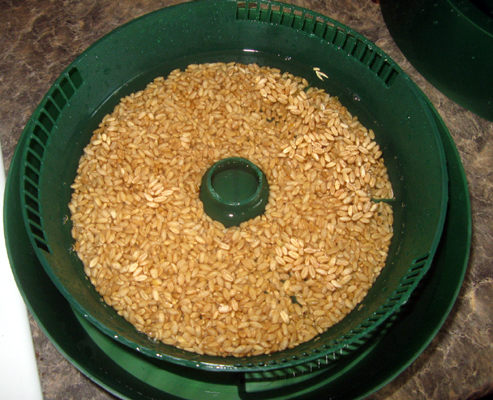
If you have a food dehydrator it is best to use to dry the wheat berries, but if you donít have one (and I donít) then use your oven on the lowest setting with the door open a little. Stir them around frequently if you use the oven to make sure they are drying evenly.

Now you either grind the wheat if you are going to use them immediately or keep in the freezer for up to 3 months. The berries and flour need to stay frozen until you use since it is a whole grain the fats and oils in the flour will go rancid quickly.
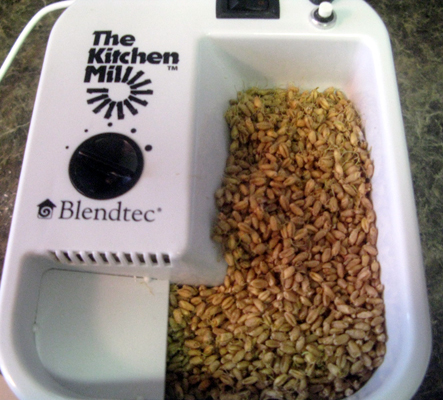
Once you have the flour use it in your bread machine as per the instructions for your machine or make your bread with a mixer or by hand. You will love the flavor you get from this method.
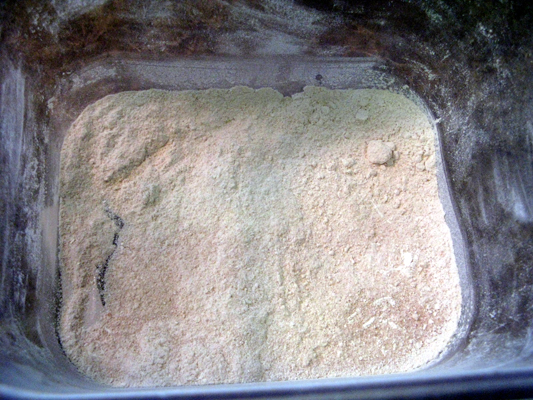
Here are a few basics for those of you not using a bread machine.
Basic steps of bread making: mix, knead, rest, knead, shape, rest (or proof), bake.
Mix
Use water about 100-110 degrees F to start your yeast. You want to see it activate and get bubbly.
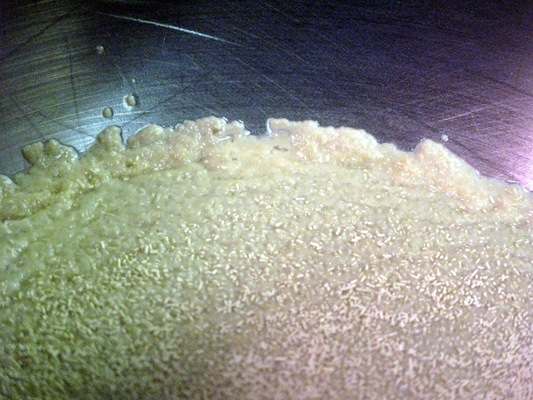
Knead
I love my KitchenAid for this. It also came with several really good bread recipes.
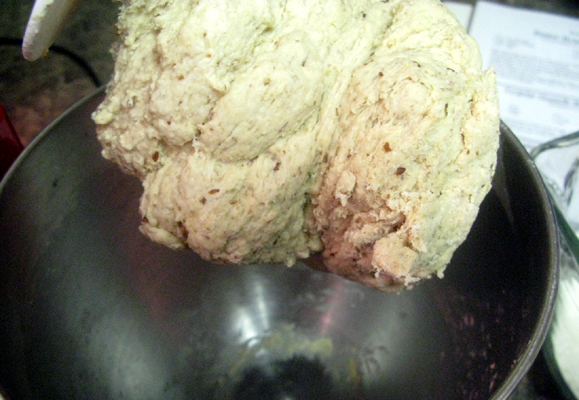
First Rest & Knead
Let it stay a little sticky to make sure you get good gluten structure and knead it, donít just punch it down, between rests. You want to redistribute the yeast and punching alone will not do it.
So why rest twice? Better bread texture. The first rest gives time for the yeast to really get activated and for the flour to absorb the moisture and make gluten. The elasticity of gluten and the bubbles of yeast gasses are what give bread its wonderful texture.
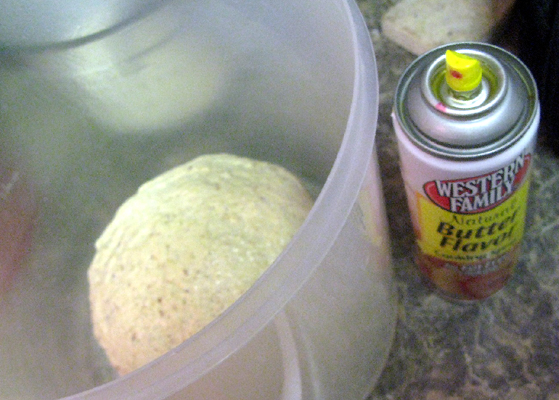
Shape & Rest (or Proof)
Oh the possibilities! Check out all the bread options you can make with this dough HERE.
Please feel free to share your bread making experiences and tips, we love hearing from all of you.
Tags: bread sprouts sprouted wheat sprouted wheat bread wheat bread homemade bread home
|
Add a Comment |
For all news items click here
News Releases
Gluten Free Orange Cinnamon Rolls Delicious orange cinnamon rolls that are fluffy and chewy AND gluten free! Release Date: 12/2/2022 | |
4 Great Tricks to Save on Holiday Baking 4 Great DIY videos to help you save on some for your most used holiday baking staples. Quick and easy recipes that will save you time, money and a trip to the store! Release Date: 12/1/2022 | |
Online Classes
Growing & Using Sprouts Class
Sprouting seeds are packed with vital nutrients, protein, and minerals. They make a highly nutritional addition to your Food Storage.
Sprouting seeds are packed with vital nutrients, protein, and minerals. They make a highly nutritional addition to your Food Storage.
A Grocery Store in Your Home, e-learn
Basic principles that help you make smart, economical decisions about food storage.
Basic principles that help you make smart, economical decisions about food storage.
Powdered Milk E-Learning Class
Learn how fast and easy it is to make all of your dairy products at home!
Learn how fast and easy it is to make all of your dairy products at home!
Upcoming Classes
No events scheduled at this time.
Calendar View
Featured Products
Find us on FaceBook
